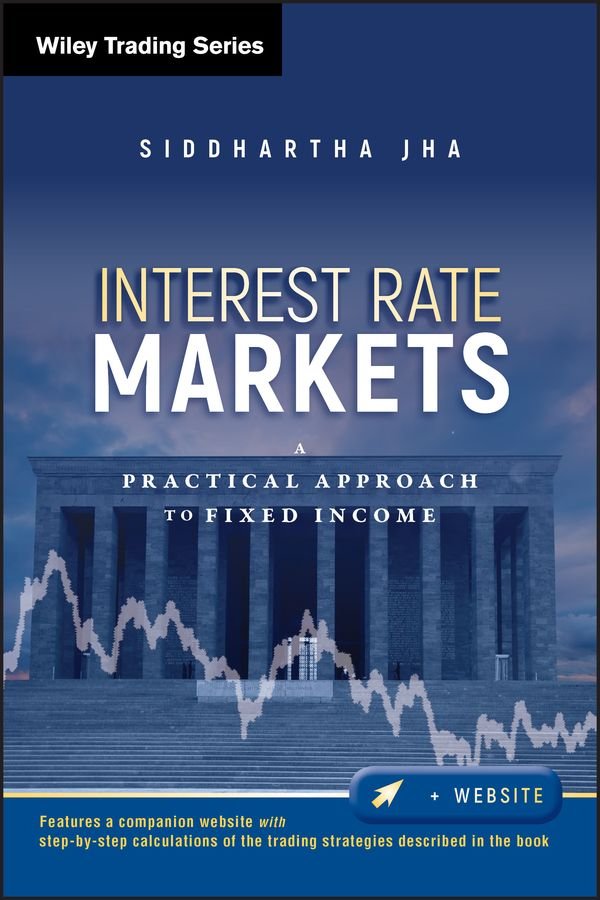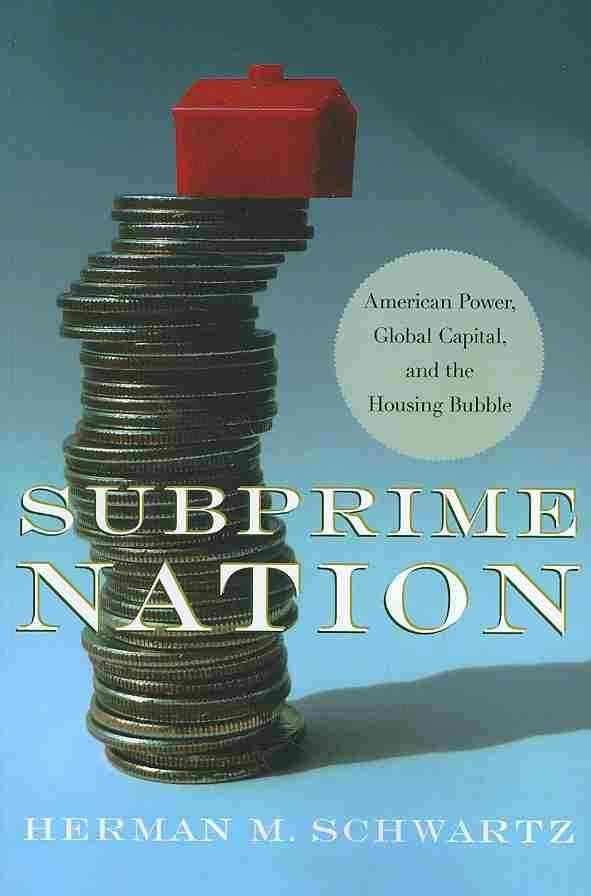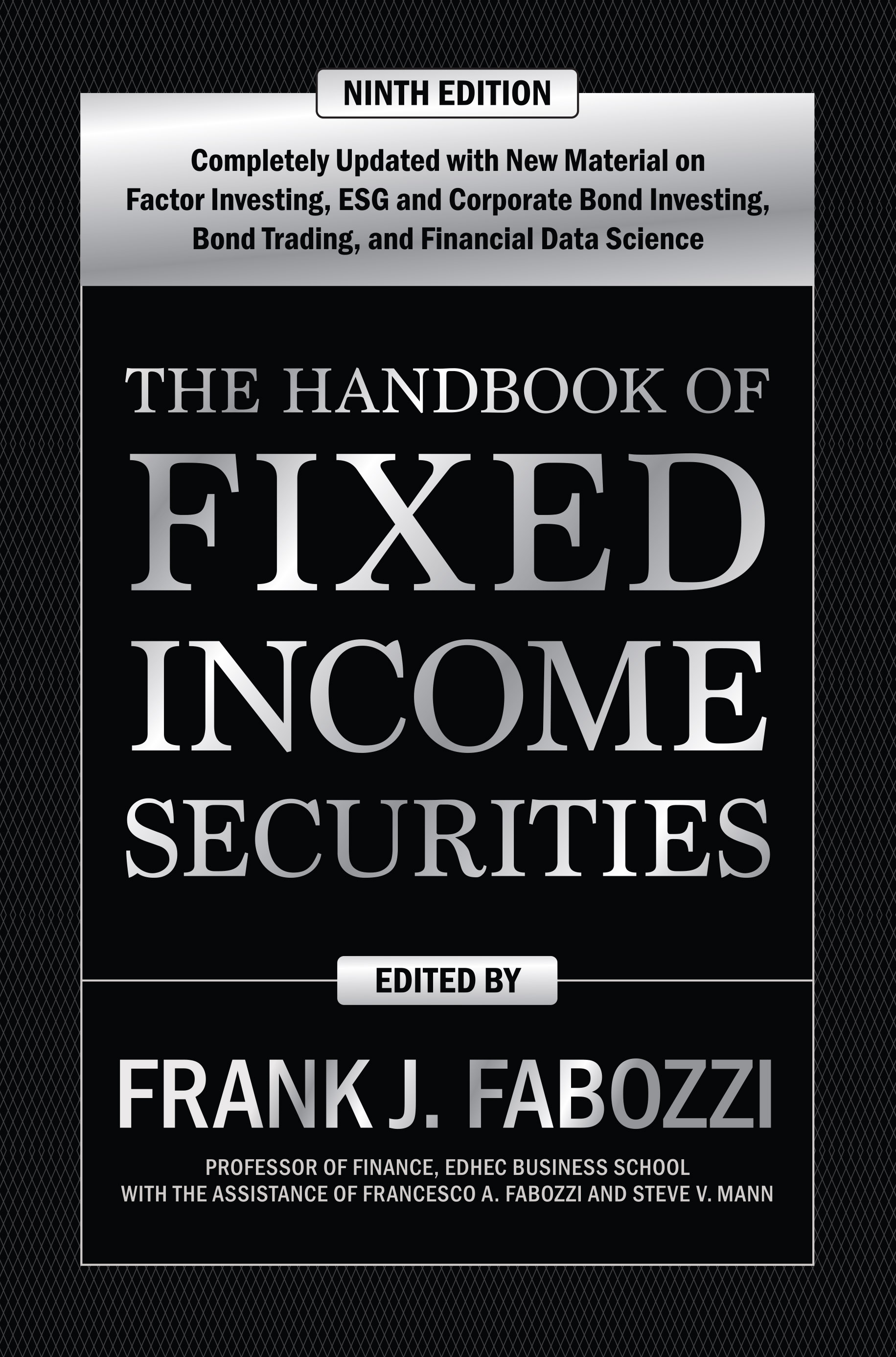The interest rate market is a marketplace for the allocation of trillions of dollars from savers to borrowers and institutions of all sizes and types participate in the market. As other fixed income markets have grown over the past two decades, managinginterest rate risk inherent in almost any fixed income instrument has become a crucial task even for portfolio managers not in interest rate markets directly. The book discusses the typical quantitative tools used to analyze rates markets such as regression, looks at the range of fixed income markets on the cash side, analyzes interest rate movements, and delves into derivatives side of the business. Beyond just mechanics of products, the markets themselves are discussed including fundamental drivers of interest rates and interest rate volatility. Fundamentals are only one piece of the puzzle and the chapters also discuss the main players in the rates markets, their motivations, and how to spot changing behavior to stay ahead of the curve. The key takeaways from these chapters is to understand the structural nature of the rates markets and develop a framework for thinking about these markets intuitively rather than just focusing on the setup of the markets currently, which is liable to change. To summarize, the focus of the book will be on the following ideas: quantitative tools which are useful in financial markets mechanics of interest rate products, both cash bonds and derivatives including swaps, options, and futures thought processes for forming a view on interest rates and related variables such as swap spreads types of trades commonly done by professionals in the market to express views and detailed discussions of methods to accurately set up the trades emphasizing the importance of hedging and quantitatively managing risks inherent in interest rate trades common pitfalls and risks facing interest rate trades especially examples from market breakdowns in 2008.–Provided by publisher.












